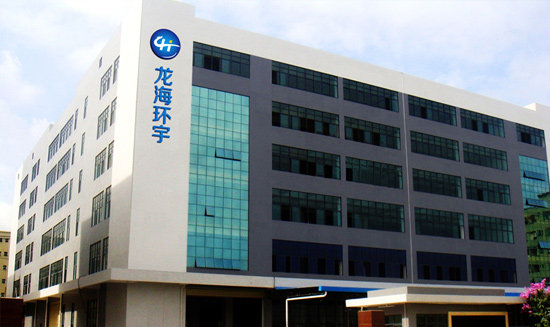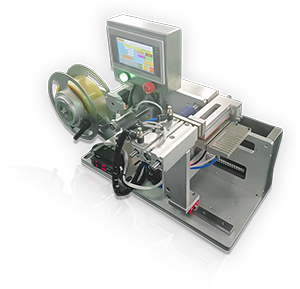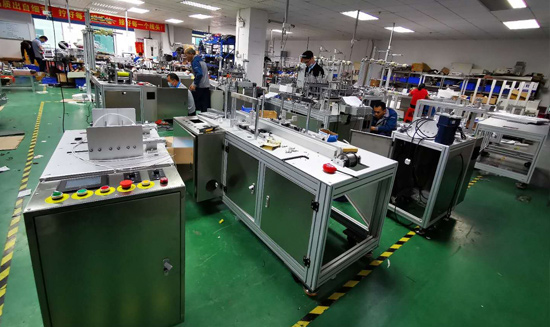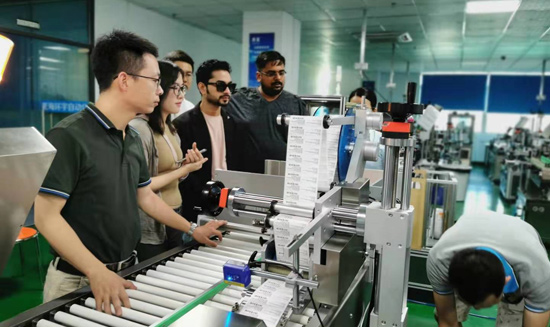视觉贴标机光源及光学系统设计:原理、应用与未来趋势
视觉贴标机光源及光学系统设计:原理、应用与未来趋势
一、光源系统的核心作用与原理
光源系统是视觉贴标机的“眼睛”,其设计直接影响成像质量与贴标精度。通过精准控制光线波长、入射角度和亮度,可有效凸显目标特征,抑制背景干扰。其工作原理基于光学反射特性:
-
漫反射表面(如纸盒)适合环形光或穹顶光
-
镜面反射材料(如金属)需同轴光或偏振光
-
透明物体(如玻璃瓶)需背光或暗场照明
二、主流光源类型与技术特点
| 光源类型 | 工作原理 | 优势 | 局限 | 适用场景 |
|---|---|---|---|---|
| 环形光 | 多角度均匀照射物体表面 | 兼容性强,通用性高 | 高反光表面易过曝 | 食品包装、纸盒贴标 |
| 同轴光 | 光线与镜头同轴入射 | 消除反光,清晰呈现纹理 | 成本高,安装复杂 | 金属件、电子元件 |
| 条形光 | 高亮度线性照明 | 适合长条物体,能耗低 | 需多组组合覆盖宽视野 | 传送带边缘检测 |
| 背光 | 物体遮挡形成高对比度轮廓 | 精度达±0.01mm | 无法显示表面细节 | 透明标签定位 |
| 结构光 | 投射编码光条纹 | 支持3D形貌重建 | 需专用算法解析 | 曲面贴标 |
三、光学系统设计四大关键要素
1. 照明方式选择
-
明场照明:适用于普通表面特征检测(精度±0.1mm)
-
暗场照明:检测微小划痕、凹凸(灵敏度达1μm)
-
复合照明:多光源协同工作,应对复杂场景
2. 波长匹配
| 材料类型 | 推荐波长 | 成像效果 |
|---|---|---|
| 纸质标签 | 白光(400-700nm) | 色彩还原度高 |
| 金属表面 | 蓝光(450nm) | 增强表面纹理对比度 |
| 透明薄膜 | 红外(850nm) | 穿透表层显示内部结构 |
3. 均匀性控制
-
积分球匀光技术:均匀度>95%
-
漫射板设计:消除光斑和暗区
-
智能调光系统:实时反馈调节LED亮度
4. 抗干扰设计
-
偏振滤光片:抑制金属反光(消光比100:1)
-
频闪控制:与相机曝光同步,消除运动模糊
-
环境光屏蔽:遮光罩+窄带滤光片组合
四、典型行业应用方案
1. 食品饮料行业
-
挑战:水雾、油污、曲面瓶体
-
方案:
-
采用防水IP67级环形光
-
多角度条形光组合消除阴影
-
波长650nm红光穿透冷凝水膜
-
2. 电子元器件
-
需求:亚毫米级贴标精度,抗PCB板反光
-
配置:
-
同轴光+偏振镜(消光比≥200:1)
-
紫外光(365nm)检测隐形标记
-
3. 医药包装
-
特殊要求:无菌环境、透明泡罩定位
-
技术要点:
-
密封式防尘光源模组
-
红外背光(940nm)穿透泡罩铝膜
-
五、技术发展趋势
1. 智能自适应光源
-
AI调光系统:通过实时图像分析自动调节光强与角度
-
参数记忆功能:存储100+种产品照明方案
2. 多光谱成像技术
-
可见光+近红外协同:同步检测表面印刷与内部结构
-
高光谱相机应用:识别材料成分(如区分PET与PVC)
3. 3D结构光升级
-
激光线扫描:精度提升至±0.02mm
-
光纤导光技术:实现复杂光路柔性布置
4. 微型化与集成化
-
COB封装技术:体积缩小50%,散热效率提升30%
-
光源-相机一体化:减少校准时间,提升系统稳定性
5. 节能环保设计
-
LED光效提升:功耗降低40%(达200lm/W)
-
热量回收系统:利用光源废热辅助设备恒温
六、选型与维护指南
1. 选型决策矩阵
| 考量因素 | 高优先级配置 |
|---|---|
| 贴标精度≤0.1mm | 同轴光+蓝光波长 |
| 产线速度≥300pcs/min | 高频闪光源(≥10kHz) |
| 曲面/透明物体 | 结构光+多角度复合照明 |
| 恶劣环境 | IP67防护+宽温域(-30~85℃) |
2. 维护要点
-
每日检查:清洁光学窗口,验证照度均匀性
-
季度保养:更换老化LED模组(光衰>20%需更换)
-
年度校准:光谱特性检测与角度标定
七、结论
优质的光源设计可使视觉贴标机的检测效率提升40%以上,不良率降低至0.1%以下。随着智能调光、多光谱融合等技术的发展,光源系统正从“辅助部件”升级为“智能感知核心”。建议企业根据产品特性选择定制化光学方案,并关注3D视觉与AI自适应照明的前沿技术,以保持行业竞争力。













 微信咨询
微信咨询